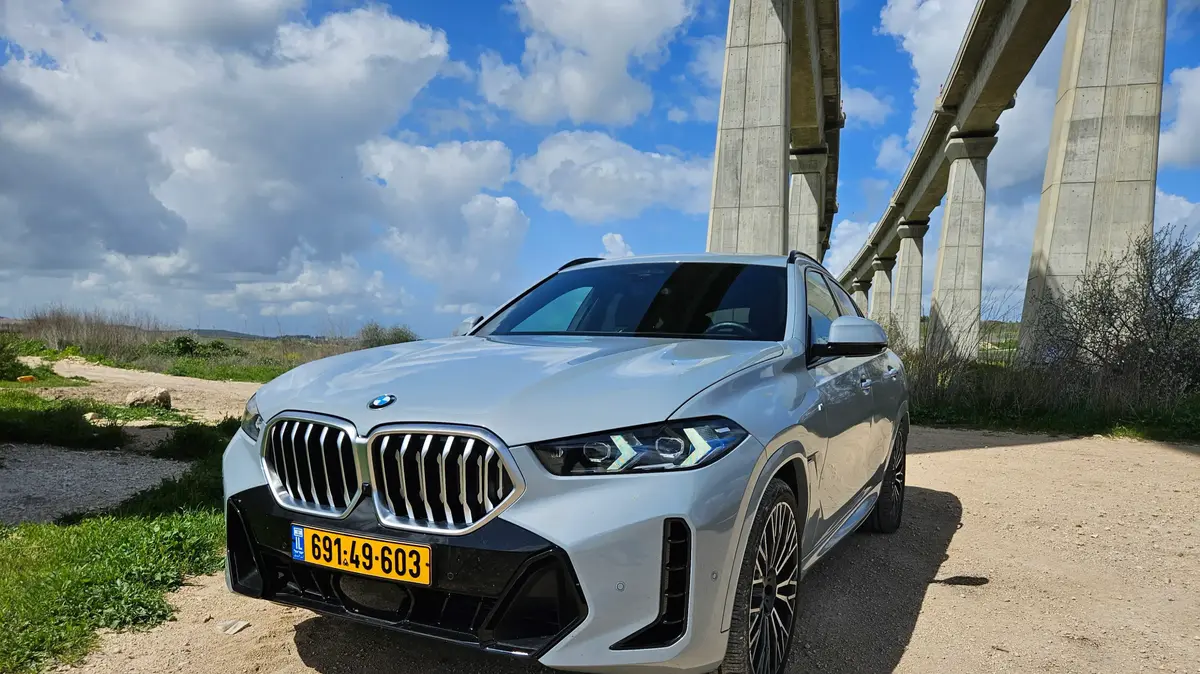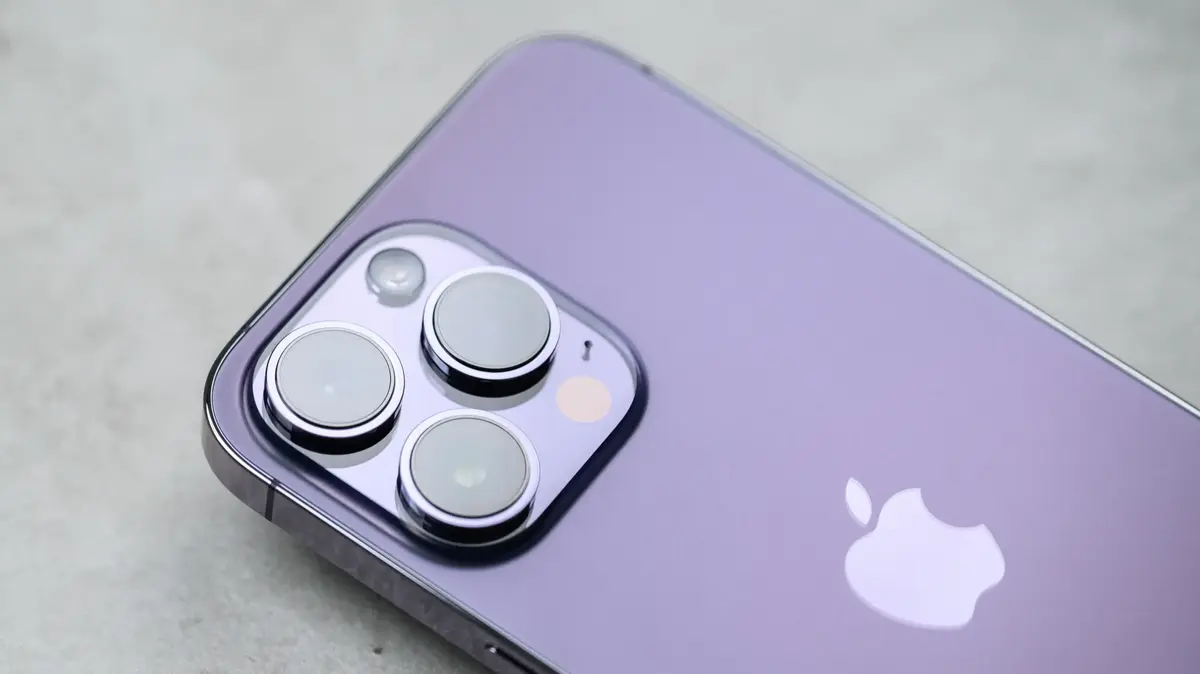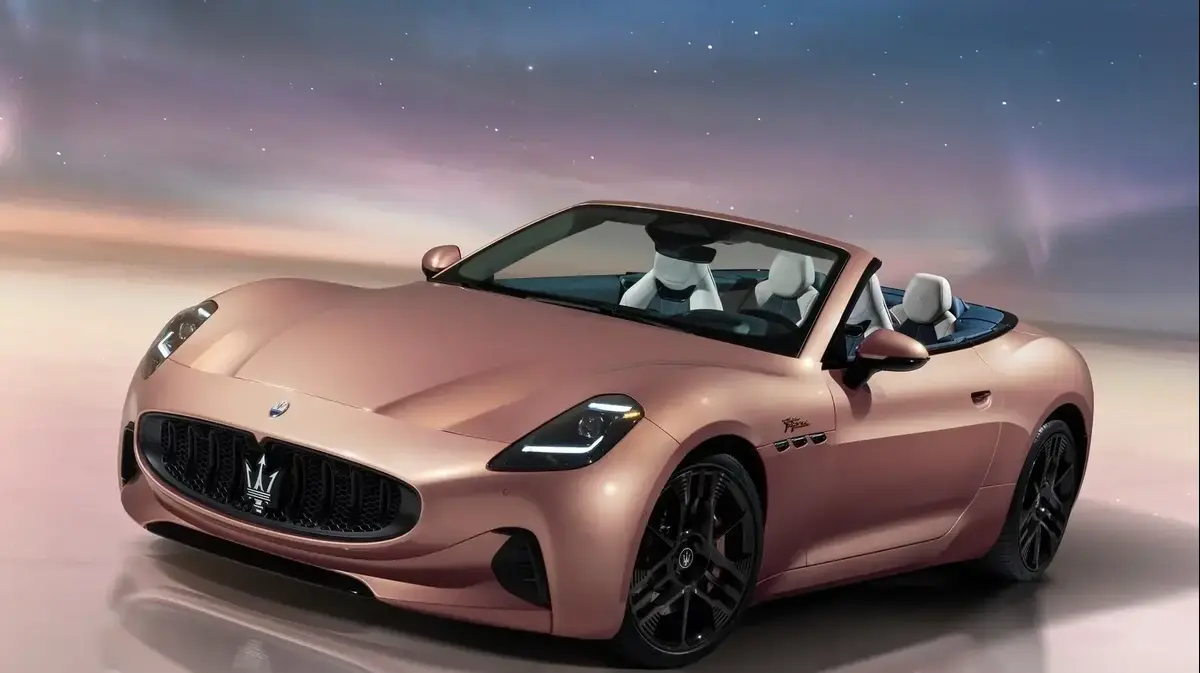Would my lord like his car in bright white or a brighter white? (Photo: Walla! system, Udi Etzion)
I don't care who you are, if you are not a taxi driver and yet you bought a white car, you are as boring as most people on the road.
It doesn't matter if it's a Kia Picanto or a Mercedes S Class, if you chose to drive an economical Tesla or a monstrous Rolls Royce Cullinan - most likely in Israel these cars will be in one of these three colors - white, gray or black.
Much has already been written about the conservatism of the Israeli customer in cars, about the constant fear of the value of the second highest purchase in his life when the time comes to sell it on, about the assumption that if the neighbor, the aunt, the brother from the reserves, the boss at work and the son of the kindergartener bought something - it must be good.
This logic works overtime when it comes to the color of the car of Mr. or Mrs. Israeli and the situation only worsens.
In 2014, 79% of the registered passenger cars were in one of the three colors white, gray and black, in 2015 we climbed to 81% and in 2016 there were 84% of the cars in this trio and since then the trend has been on a constant rise as you can see here: 2014:
79
%
2015:
81%
2016:
84%
2017:
87%
2018:
90%
2019-2020:
92.5%
Shades of gray (Photo: Yoav Falls)
Of this trio, white is the undisputed leader.
From 34% of all cars in 2014, it gradually climbed, steadily increasing the gap from the other colors and meanwhile in the first three months of 2023, white makes up 48.2% of the colors of new cars.
The other two colors that are at the top, gray and black, also maintain their market shares over the years.
In the case of the gray cars (silver in its various shades) the figure remained constant and moved from 31% in 2014, to 30% in 2017 and 2018, and in 2019-2020 it climbed slightly to 31%.
This year it stands at 21.4%.
In the third place the traditional black which hovers around 14% from 2014 with a drop to 12.5% in 2016 and 13% in 2017, 2018, 2019 and 2020 this year it is actually recording a recovery when 14.8% of all cars were black in color.
Throughout the years, beyond the first three places, the hierarchy of the fourth and fifth places has also changed, when these are shades of blue-light blue, red respectively.
On the sixth place, cream/beige, green and gold places are exchanged.
The one who maintains a place of honor and remains in last place consistently is the color... we will reveal to you at the end.
By the way, from all the statistical analyzes it appears that there is no difference between women and men when it comes to vehicle color preferences.
More in Walla!
Pietro celebrates a round birthday and you enjoy a once-in-60-years sale
In collaboration with Pitro
Once in a while a tzaddik arrives in Sodom and brings color to life (Photo: Rami Gilboa)
Another interesting segmentation is the prevalence of these colors among private customers and vehicle fleets.
While the vehicle fleets have a much stronger tendency to prefer the three most common colors.
If for private customers the trio of white-gray-black colors were 90.1% of the cars, for fleets the number was 96.4%.
The reasons for this are varied and partly due to the fact that cars in these basic colors usually do not require additional payments and are therefore cheaper to purchase.
The second reason is that they are cheaper for bodywork and paint repairs than cars with unusual colors and the third reason is the demand for what is common in the second-hand market - and when you manage vehicle fleets of hundreds and thousands of units, the gross value of the car, that is, how much you can sell it for later is one of the considerations the central ones in the choice of the car.
The first car didn't have much to paint... (Photo: Manufacturer's website)
But why do people actually prefer white-gray and black cars in the first place.
Well, it depends on the direction from which you want to reach the answer and also how far back in time you want to go.
In the early days of the car, there wasn't much of a vehicle to paint to begin with, and anyway the colors were directly influenced by those used in carriages - black and brown.
Very fancy cars would come in white or ivory as a kind of wealth statement "I drive in a bright carriage because I have enough money to hire someone to clean my carriage".
With the introduction of cars to create masses two things happened, the first and most famous is related to Henry Ford's famous statement regarding the color of the Model T "You can have your Model T in any color as long as it is black" the reason for this was not fashion but efficiency - at Ford they found that the pigment The black color means that these cars dry out the fastest and a car that dries out the fastest can be removed from the factory and sold faster, more sold cars means more money for Mr. Ford to finance an anti-Semitic newspaper and books condemning the Jews in the world.
Ford Model T "in any color as long as it's black" (photo: manufacturer's website)
Following the increase in the number of cars and their transformation into a product for the masses, those who wanted to demonstrate wealth and uniqueness sought to differentiate themselves from the rest by using special and unusual colors.
At the same time, progress was also made in the knowledge to paint vehicles in a high-quality manner and in the use of better technologies and compounds that also allowed diversity in painting.
The 1950s and 1960s brought the introduction of metallic colors, those that incorporated small metal pieces that create the shiny appearance of the color.
As these became more and more common, the "counter-movement" of luxury cars began which, although they did not abandon the checkerboard colors, but since then went even more to the black-and-white look.
As the masses discovered the colors in the cars, the really luxury cars went to black and white (photo: Sepek 500, the new club)
A second historical factor that led to the convergence to the most generic colors was related to the age of the cars, as cars lasted more years and second, third and fourth hand submarkets were created for them, people realized that choosing a neutral color, one that neither adds nor detracts from, will improve the car's chances of reaching its next hands .
Still, there are more people who will agree on white-gray-black than on eggplant, green, red or navy blue and yellow.
There is also another belief that has been gaining momentum recently and talks about the fact that as our cars have become technological devices and less "vehicles", there is more and more similarity between them and... cellular devices, if you look around you, they also under all the covers come mainly in black, gray and white.
Well, you know who you see better on the road, right? (Photo: Walla! system, Udi Etzion)
One opinion that can really be left in the past is the one that concerns the effect that the color of the vehicle has on the internal heat in it.
All the tests that have been done speak of a gap of at most a few degrees, 5 degrees in the most extreme case.
By the way, the area of the windows of a car affects dozens of times more than its color.
But there is another, quite practical consideration - it is easier to mask dirt and dust on a gray or silver car, in second place is a white car, but this does not really explain the popularity of black cars which are a magnet for dirt and dust residues.
In the field of luxury, these three colors have always been the most dominant (photo: manufacturer's website, manufacturer)
Bottom line, whether you're doing it out of conservatism, tradition, future sales considerations or superstition about one thing there's no arguing, the top three colors are probably the most problematic when it comes to road safety.
Dark cars look less good in the hours of darkness (hello Israel Police and your black cars), gray cars look less good in the twilight and early morning hours and white ones in direct sunlight or just get swallowed up in the landscape.
Rather, cars with a different and striking exterior color will make people on the road pay more attention to you.
And as for the color from which fewer cars are sold than any other every year - well, it's pink that time and time again is in last place, and this year too, with only six units - all of the Lipomotor T03 electric.
vehicle
car news
Tags
new car
Color
Leasing















